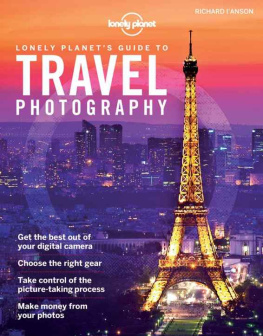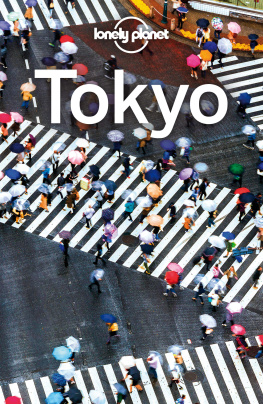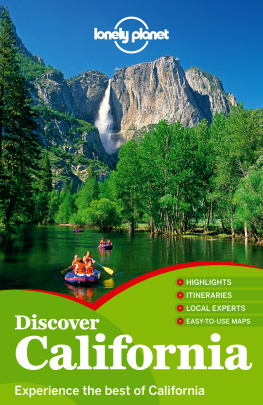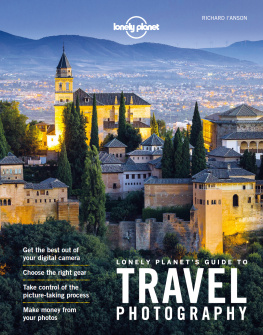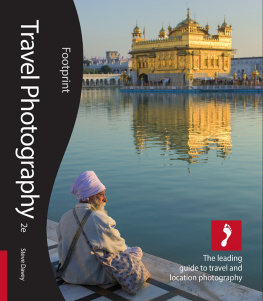Lonely Planet - Lonely Planets Guide to Travel Photography
Here you can read online Lonely Planet - Lonely Planets Guide to Travel Photography full text of the book (entire story) in english for free. Download pdf and epub, get meaning, cover and reviews about this ebook. year: 2012, publisher: Lonely Planet, genre: Home and family. Description of the work, (preface) as well as reviews are available. Best literature library LitArk.com created for fans of good reading and offers a wide selection of genres:
Romance novel
Science fiction
Adventure
Detective
Science
History
Home and family
Prose
Art
Politics
Computer
Non-fiction
Religion
Business
Children
Humor
Choose a favorite category and find really read worthwhile books. Enjoy immersion in the world of imagination, feel the emotions of the characters or learn something new for yourself, make an fascinating discovery.
- Book:Lonely Planets Guide to Travel Photography
- Author:
- Publisher:Lonely Planet
- Genre:
- Year:2012
- Rating:5 / 5
- Favourites:Add to favourites
- Your mark:
Lonely Planets Guide to Travel Photography: summary, description and annotation
We offer to read an annotation, description, summary or preface (depends on what the author of the book "Lonely Planets Guide to Travel Photography" wrote himself). If you haven't found the necessary information about the book — write in the comments, we will try to find it.
Lonely Planet: The worlds leading travel guide publisher*
Return from your travels with the pictures youve always wanted. In this revised edition of Lonely Planets best-selling Travel Photography, internationally renowed travel photographer Richard IAnson shows you how to avoid common photography mistakes and to develop your compositional and technical skills as a photographer.
This jargon-free guide is a comprehensive look at all aspects of travel photography, from the gear needed while on the road to the software and hardware required to store and process your images back at home, to the low-down on assessing, displaying and even earning money with your photographs.
- New section on the art of travel photography and how to capture that perfect moment in time
- Fully updated for the digital photographer
- Covers all camera technologies, from film to phone camera
- Make money from your photos
A clear and succinct technical manual to improving your travel photography. - The Observer (UK)
Bright, inspiring and jargon-free, IAnsons compact guide takes the mystery out of controlling a camera - New Zealand Herald
Authors: Written and researched by Lonely Planet, Richard IAnson
About Lonely Planet: Started in 1973, Lonely Planet has become the worlds leading travel guide publisher with guidebooks to every destination on the planet, as well as an award-winning website, a suite of mobile and digital travel products, and a dedicated traveller community. Lonely Planets mission is to enable curious travellers to experience the world and to truly get to the heart of the places where they travel.
TripAdvisor Travellers Choice Awards 2012 and 2013 winner in Favorite Travel Guide category
Lonely Planet guides are, quite simply, like no other. - New York Times
Lonely Planet. Its on everyones bookshelves; its in every travellers hands. Its on mobile phones. Its on the Internet. Its everywhere, and its telling entire generations of people how to travel the world. - Fairfax Media (Australia)
*#1 in the world market share - source: Nielsen Bookscan. Australia, UK and USA. March 2012-January 2013
Lonely Planet: author's other books
Who wrote Lonely Planets Guide to Travel Photography? Find out the surname, the name of the author of the book and a list of all author's works by series.

